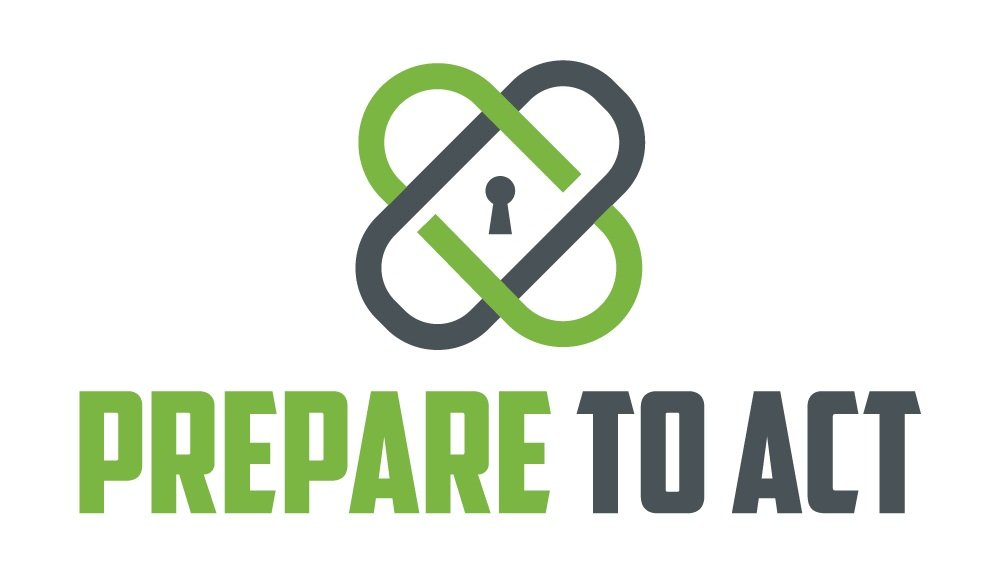Understanding Workplace Shadows: Navigating the Spectrum of Critical Incidents
Empowering Organizations to Proactively Address Workplace Challenges
In the intricate dance of daily operations within a workplace, there exist hidden challenges that can cast shadows over the organizational landscape. These challenges, often referred to as critical incidents, come in various forms, ranging from subtle interpersonal conflicts to urgent emergencies. To build a resilient and secure workplace, it is paramount to understand and navigate the spectrum of these critical incidents.
Defining Critical Incidents: Exploring the Spectrum
Critical incidents, in the context of a workplace, encompass a broad spectrum of events and situations that have the potential to impact the organizational fabric. It's crucial to embark on an exploration of this spectrum to comprehend the full range of challenges that may arise.
From everyday interpersonal conflicts that create tension within teams to high-stakes emergency situations that demand swift and coordinated responses, each critical incident brings its own set of complexities. Recognizing that these incidents vary in severity is essential. Some may manifest as seemingly minor disputes, while others can escalate into significant challenges requiring immediate attention.
Understanding the spectrum allows organizations to categorize incidents based on their nature and potential impact, laying the groundwork for effective risk management.
The Impact on Organizations: Consequences of Unaddressed Critical Incidents
The aftermath of critical incidents left unaddressed can reverberate throughout an organization, leaving a lasting impact on employees, culture, and the bottom line.
Consequences of Neglect: When conflicts and incidents are not adequately addressed, the consequences can be profound. Unresolved disputes can permeate the workplace, negatively affecting employee morale and team dynamics. The ripple effect can extend to overall organizational performance, hindering productivity and stifling innovation.
Cultural Implications: Critical incidents shape the culture of an organization. A workplace that neglects to address these challenges may foster an environment where shadows linger, creating an atmosphere of uncertainty and unease. This, in turn, affects the organizational ethos, hindering growth and progress.
By comprehensively defining and understanding the impact of critical incidents, organizations empower themselves to proactively address workplace shadows. This proactive approach involves recognizing the signs of potential issues and implementing strategies to mitigate risks.
Navigating the Spectrum: Tools for Illumination
To navigate the spectrum of critical incidents, organizations can employ various tools and strategies aimed at illuminating workplace shadows:
Early Intervention Strategies: Implementing early intervention strategies involves identifying potential issues before they escalate. This can include regular check-ins with employees, conflict resolution training, and creating channels for open communication.
Comprehensive Training Programs: Offering comprehensive training programs equips employees with the skills and knowledge to navigate critical incidents. This may include conflict resolution training, de-escalation techniques, and emergency response seminars.
Cultural Transformation Initiatives: Cultivating a workplace culture that prioritizes open communication, psychological safety, and a proactive approach to conflict resolution can significantly impact the organizational response to critical incidents.
Policy and Protocol Development: Crafting robust policies and protocols tailored to the organization's needs provides a structured framework for addressing critical incidents. Clear guidelines on reporting procedures, conflict resolution, and emergency response contribute to a safer work environment.
Building a Resilient and Secure Workplace
In conclusion, understanding workplace shadows involves acknowledging the existence of critical incidents and actively working to navigate their spectrum. By defining these incidents, recognizing their impact, and implementing proactive strategies, organizations can build a resilient and secure workplace.
Remember, workplace safety goes beyond physical security; it extends to identifying and addressing critical incidents that can cast shadows over your organization. Ignorance of these shadows can lead to dire consequences. From subtle abuses to emergency situations, having a comprehensive understanding of potential risks is paramount for creating an effective business action plan.
In this guide, we've navigated the spectrum of workplace risks, empowering you to build a resilient and secure workplace. By comprehensively defining critical incidents and understanding their impact, you empower yourself to proactively address workplace shadows.
Want To Dive Deeper? Check Out Our Business Safety Systems!
faq’s
What is the definition of critical incidents in the workplace?
Critical incidents in the workplace encompass a broad spectrum of events, from interpersonal conflicts to emergencies, that can significantly impact the organization.
Can you provide examples of critical incidents in the workplace?
Examples of critical incidents include interpersonal conflicts, workplace violence, accidents, natural disasters, and medical emergencies.
Why is it crucial to proactively address workplace shadows?
Proactively addressing workplace shadows is crucial to prevent potential harm to employees, organizational culture, and the bottom line. It fosters a resilient and secure environment.
How can organizations assess the impact of unaddressed critical incidents?
Organizations can assess the impact of unaddressed critical incidents through evaluating changes in employee well-being, culture, productivity, and financial outcomes.
What are the potential consequences of neglecting psychological safety in the workplace?
Neglecting psychological safety in the workplace can lead to increased stress, lower morale, reduced productivity, and potential long-term damage to employee well-being.
How can robust policies help organizations navigate critical incidents?
Robust policies and protocols help organizations navigate critical incidents by providing clear guidelines, defining procedures, and ensuring a swift and coordinated response to safety concerns.
What tools are available for organizations to illuminate workplace shadows?
Tools for illuminating workplace shadows include comprehensive training programs, strategic planning for critical incidents, and prioritizing psychological safety programs.
How does workplace culture play a role in addressing critical incidents?
Workplace culture plays a vital role in addressing critical incidents by fostering open communication, trust, and a collective commitment to safety and well-being.
What steps can organizations take to create a resilient and secure workplace?
Organizations can create a resilient and secure workplace by implementing comprehensive training programs, prioritizing psychological safety, and cultivating a culture of safety.
How can comprehensive training programs empower employees to navigate critical incidents?
Comprehensive training programs empower employees to navigate critical incidents by equipping them with essential skills, knowledge, and strategies for various workplace challenges.




